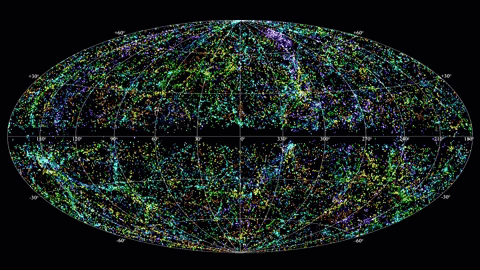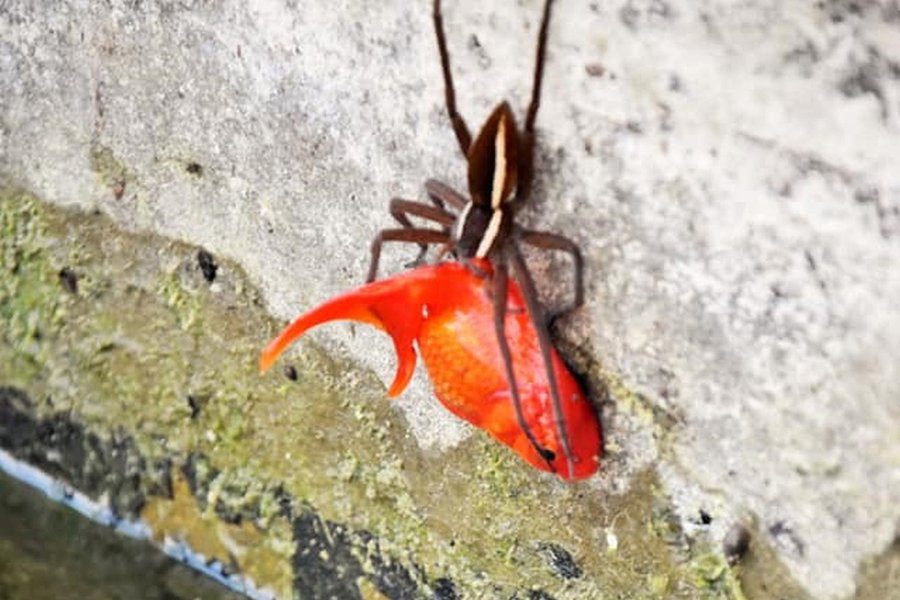Exclusive: ‘Previously you could remove and extract yourself from the abuse. It is now harder. It is easy to feel like you have lost control,’ says expert
Maya Oppenheim Women's Correspondent @mayaoppenheim
Thursday 9 January 2020 09:18

Refuge say they have seen a rise in tech abuse cases which involve abusers using smart locks, webcams and smart heating systems to 'monitor, control and gaslight' victims in the past two years
Three in four domestic abuse victims have been exposed to “controlling, humiliating or monitoring” behaviour by their former partners using technology, new figures show.
Refuge, the UK’s largest provider of shelters for domestic abuse victims, found 4,004 women seeking help last year – around three-quarters of the total – had faced abuse from their ex-partner perpetrated via technology.
The tech abuse includes current or former partners using smartphones or their children’s iPads and games consoles to track a woman’s location, sharing so-called revenge porn on the internet or repeated phone calls and messages or harassment via social media.
Refuge say they have seen a rise in tech abuse cases which involve abusers using smart locks, webcams and smart heating systems to “monitor, control and gaslight” victims in the past two years.
Sandra Horley, chief executive of Refuge, thinks such cases were underreported because many women are simply unaware of what is happening to them. She said: “As technology becomes more advanced and more readily available, perpetrators will continue to find new ways of using it to facilitate abuse. Frontline staff at Refuge have recorded an alarming rate of tech abuse cases.
“Put simply, tech abuse is the misuse of everyday technologies and devices by perpetrators, for the purposes of controlling, humiliating or monitoring their victims. It almost always occurs alongside other forms of physical or sexual violence, psychological and economic abuse.
“Women frequently come to Refuge having suffered harassment online, account hacking, spoofing, online identity theft, and revenge pornography. Often, the devices and social media platforms that represent a woman’s vital line of communication to the outside world will be the very same ones used by her perpetrator to isolate and abuse her.”
Jemima*, a 29-year-old teacher who was physically, sexually and emotionally abused by her 43-year-old partner, said he subjected her to tech abuse and stalked her for almost four years after they broke up.
“It was relentless,” she said. “He harassed me through Facebook. I blocked him and what he called his ‘stalker profile’ – a fake account to monitor other people on Facebook – so he would ask other people to check my account and screenshot who I was with and where I was. He would create fake profiles on Facebook and add me. He would email colleagues or career contacts. He was very insidious. I felt like every day I was looking over my shoulder.”
She added: “He wanted to control me in the relationship. He controlled what I wore and ate, what friends I had, where I lived, where I worked and monitored my everyday movements – constantly ringing me or door-stepping me at work. But he carried on controlling me after we broke up. I think he wanted to scare me by knowing he still had control. I felt like I was never going to live a life he didn’t know about. I felt very low. I got a diagnosis of PTSD.”
Jemima said he would also stalk her indirectly by contacting colleagues and friends and eventually moved into her local area in south London after learning where she was living from social media. She then moved into a refuge with an anonymous location provided by Solace Women’s Aid.
Dr Leonie Tanczer, an academic based at UCL who specialises in tech abuse, said there are cases where abusive former partners buy smart toys such as dolls or teddy bears, on the internet or in high street shops which have a GPS location connected to them that abusers can exploit.
She said abusive ex-partners may give such toys as presents to their child and are then able to trace their ex’s movements via the item.
Dr Tanczer added: “You can also get a normal teddy bear and put a GPS device in it or buy spy cameras to put in houses which secretly film. You can also install dedicated malicious spyware on smartphones, laptops and tablets that allows perpetrators to monitor victims.
“Tech abuse feeds the anxiety and worries that victims and survivors hold. It changes the nature of abuse. Previously you could remove and extract yourself from the abuse. It is now harder. It is easy to feel like you have lost control. It is so overwhelming. You may get paranoid because you don’t know what you can trust.”
Elise*, a domestic abuse victim who is in her late thirties, was traced by her ex-partner while in one of Refuge’s shelters last year. The abuse survivor, who came to the refuge with a young child, received a message from her abusive ex-partner saying: “I know where you are.”
Her support worker discovered her ex had access to her email account which had her location settings turned on after looking through her phone.
“From that, he had been able to access her location in real-time, her calendar with the details of all of her appointments with solicitors, doctors, the jobcentre etc,” Jane Keeper, Refuge’s director of operations, said. “He could see the search history on her maps and also had access to her internet search history.”
She added: “Knowing her location in the refuge was a huge safety risk to her, other residents, and staff. She had to pack her bags and move to another refuge in the middle of the night. The support worker helped her to close her email account and secure her device. She was given a burner phone, and the support worker also helped her to change all the passwords and account settings for her online banking as he had also been withdrawing money from her account without her knowledge.”
The perpetrator continued to stalk her on social media and posted threats to her and the child on his account but was eventually taken to court, Ms Keeper added.
Refuge, which has been running a specialist tech abuse service since 2017, has launched a chatbot, an easy-to-navigate platform that allows women to find out how to safeguard their everyday devices, on their website this week.
*Jemima and Elise’s names have been changed to protect their identities.
Anyone who requires help or support can contact the National Domestic Violence Helpline via their website www.nationaldomesticviolencehelpline.org.uk





























